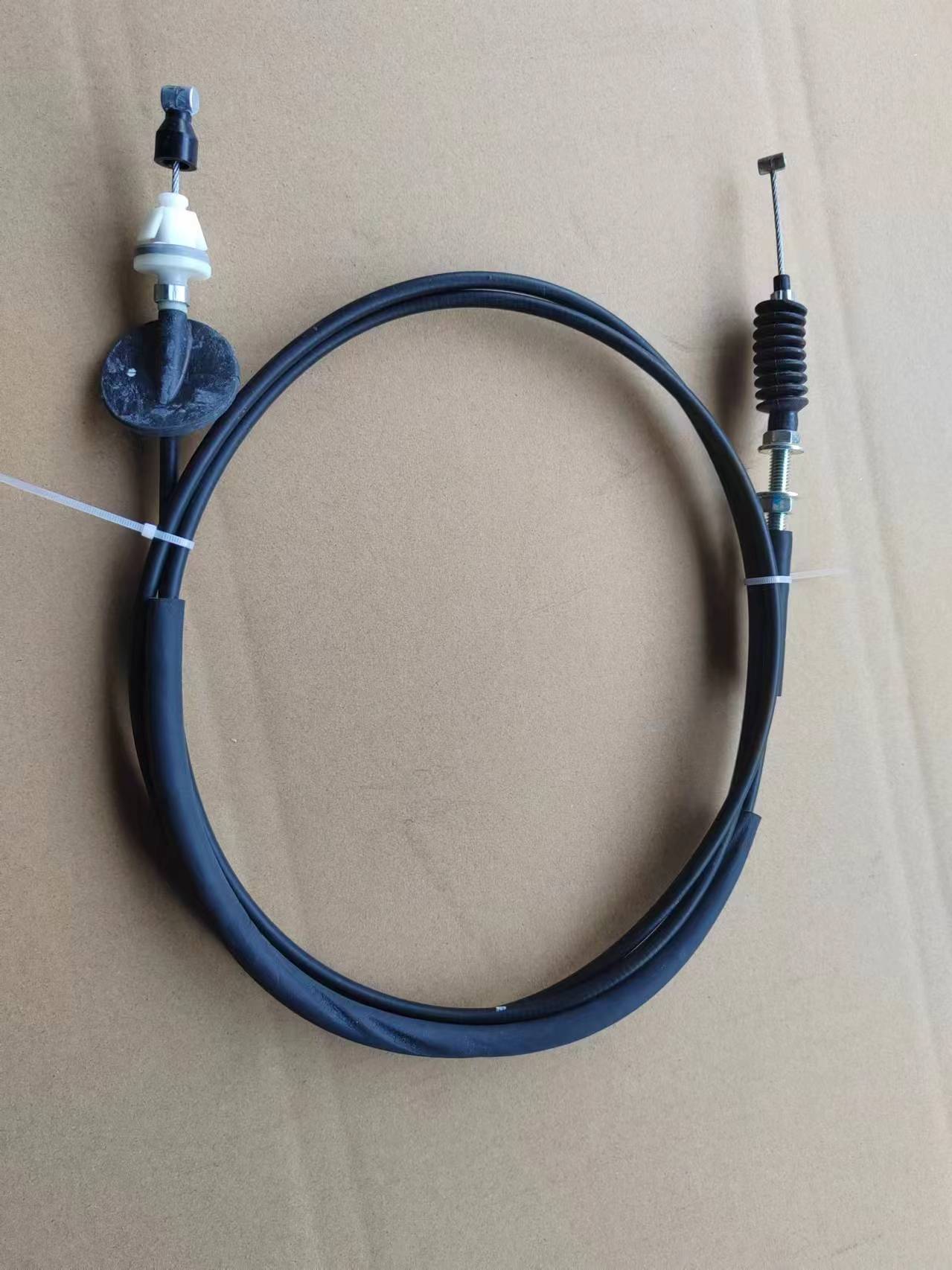efi throttle cable
Understanding EFI Throttle Cable Function, Importance, and Maintenance
The throttle cable plays a crucial role in the functioning of vehicles equipped with Electronic Fuel Injection (EFI) systems. Unlike traditional carbureted engines, vehicles with EFI utilize electronic sensors and actuators to control the flow of air and fuel into the engine. Although the technology has advanced significantly, the throttle cable remains an essential component in many modern vehicles. This article aims to shed light on the function, importance, and maintenance of the EFI throttle cable.
Function of EFI Throttle Cable
At its core, the throttle cable connects the accelerator pedal to the throttle body. When a driver presses the accelerator pedal, the throttle cable transmits this input to the throttle body, which adjusts the airflow entering the engine. In older EFI systems, this process was entirely mechanical; however, many modern vehicles have transitioned to a “drive-by-wire” system, where the throttle is controlled electronically. Despite this shift, the throttle cable is still utilized in various vehicles to provide a direct, physical connection between the pedal and the throttle.
Importance of the EFI Throttle Cable
1. Performance A properly functioning throttle cable ensures that the engine receives the correct amount of air needed for optimal performance. If the throttle cable is stuck or malfunctioning, it can lead to poor acceleration, stalling, or, in some cases, engine damage due to improper air-fuel mixture.
2. Driver Control The throttle cable provides drivers with direct feedback. A responsive throttle cable allows for a seamless transition when accelerating, thus enhancing the driving experience. In contrast, a worn-out or damaged throttle cable can result in a sluggish response, making the vehicle feel less controllable.
3. Safety When a vehicle accelerates smoothly, it is easier for the driver to manage speed and respond to different driving conditions. A malfunctioning throttle cable could lead to unintended acceleration, posing a safety risk not only to the driver but also to others on the road.
efi throttle cable

Maintenance of EFI Throttle Cable
Regular maintenance of the throttle cable is essential to ensure its optimal functioning. Here are several tips for maintaining your EFI throttle cable
1. Inspection Regularly inspect the throttle cable for signs of wear, such as fraying, frictions, or disconnections. Look for any visual indicators that could suggest a malfunction.
2. Lubrication Ensure that the throttle cable is properly lubricated. A well-lubricated cable can help prevent stiffness and enhance responsiveness. Use a suitable lubricant to avoid damaging the cable or its housing.
3. Adjustment If you notice that your throttle response isn’t what it used to be, consider checking the cable tension. Some throttle cables come with an adjustment mechanism that allows for fine-tuning. It’s crucial to maintain the right tension to ensure that the throttle body opens and closes smoothly.
4. Professional Servicing If you are unsure about inspecting or maintaining the throttle cable, it may be wise to consult with a professional mechanic. They can provide a thorough assessment and address any issues that may arise.
Conclusion
The EFI throttle cable, while often overlooked, plays a vital role in the performance and safety of modern vehicles. Understanding its function and importance allows drivers to appreciate the intricacies of their vehicles and the technology that drives them. Regular maintenance not only ensures that the throttle cable functions effectively but also enhances the overall driving experience. Whether you are a seasoned mechanic or a novice driver, taking the time to care for your throttle cable can lead to better performance and a safer drive. Understanding these fundamentals enriches the knowledge of those behind the wheel, ensuring that they can respond effectively to the demands of the road.
-
Workings of Clutch Pipe and Hose SystemsNewsJun.04,2025
-
The Inner Workings of Hand Brake Cable SystemsNewsJun.04,2025
-
The Secrets of Throttle and Accelerator CablesNewsJun.04,2025
-
The Hidden Lifeline of Your Transmission Gear Shift CablesNewsJun.04,2025
-
Demystifying Gear Cables and Shift LinkagesNewsJun.04,2025
-
Decoding Clutch Line Systems A Comprehensive GuideNewsJun.04,2025
